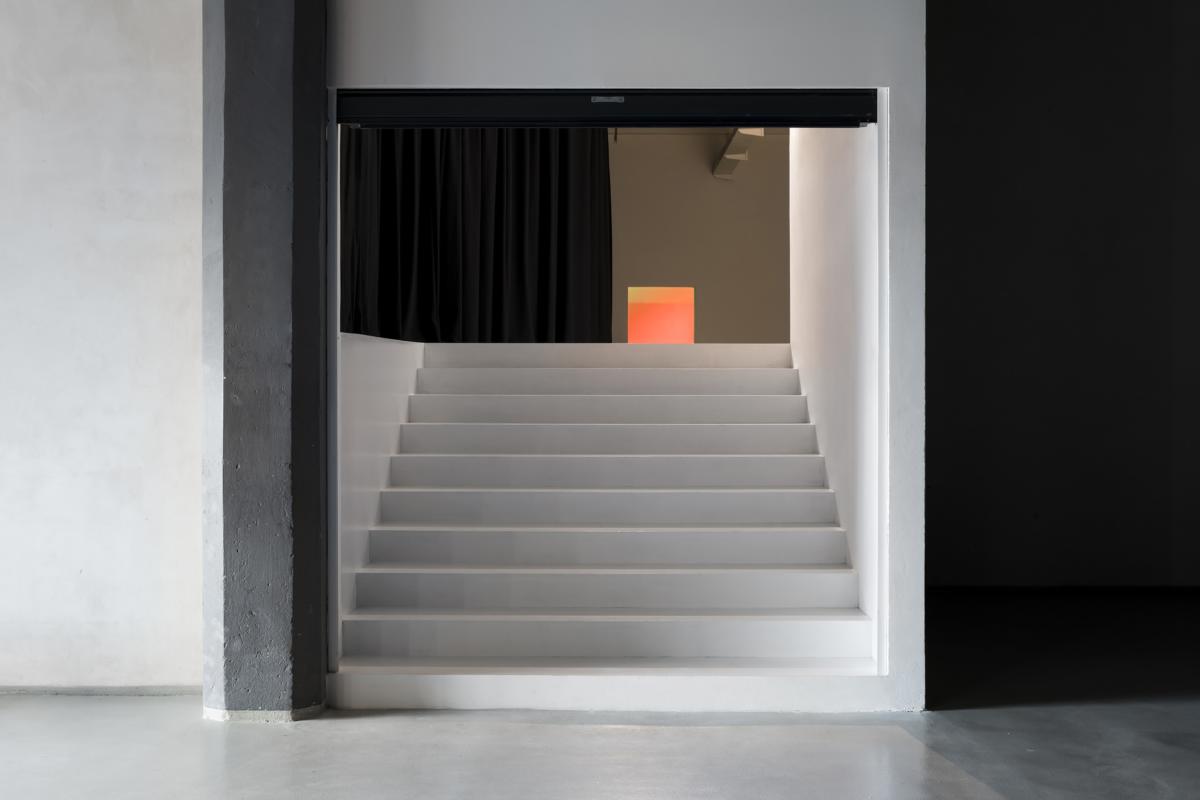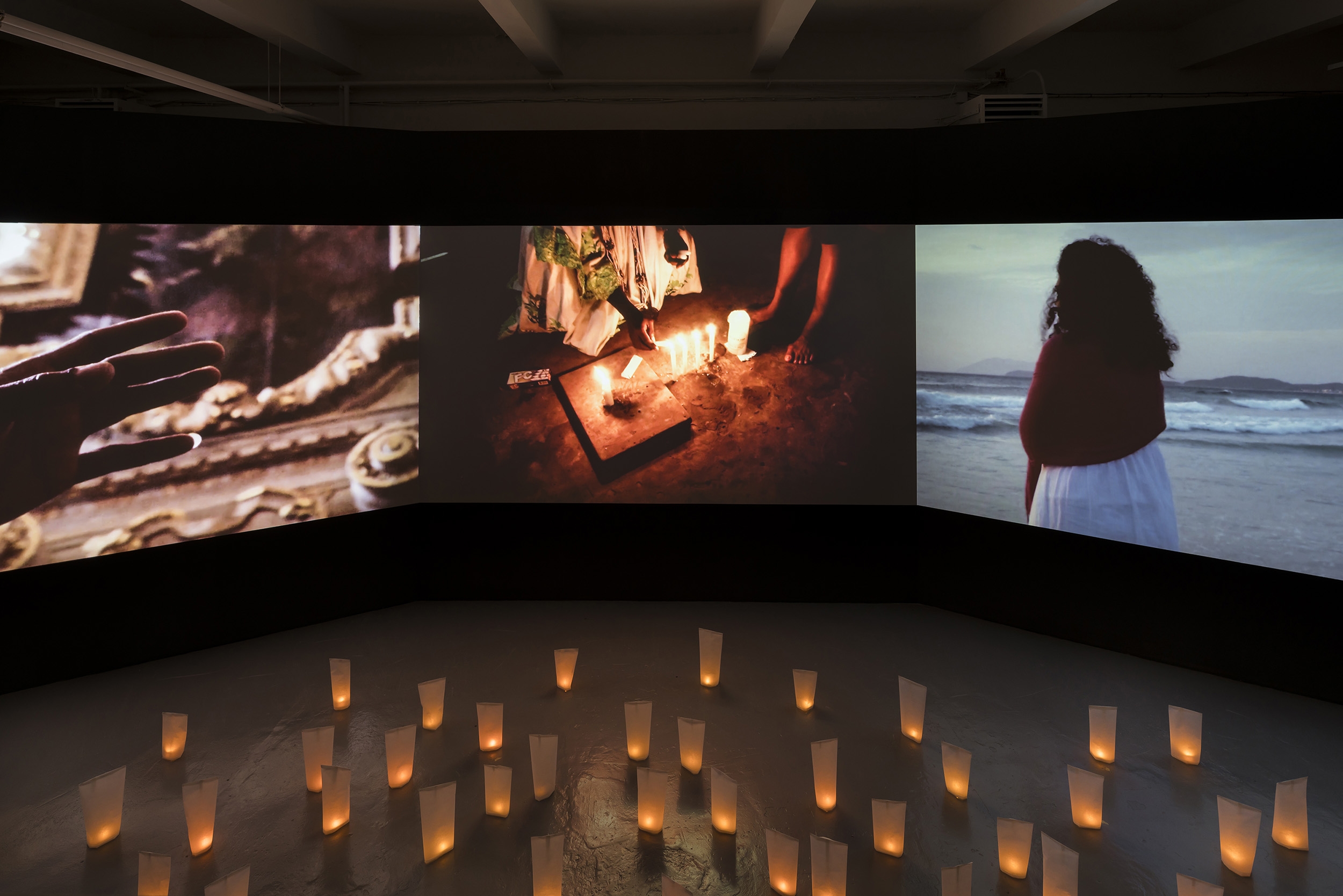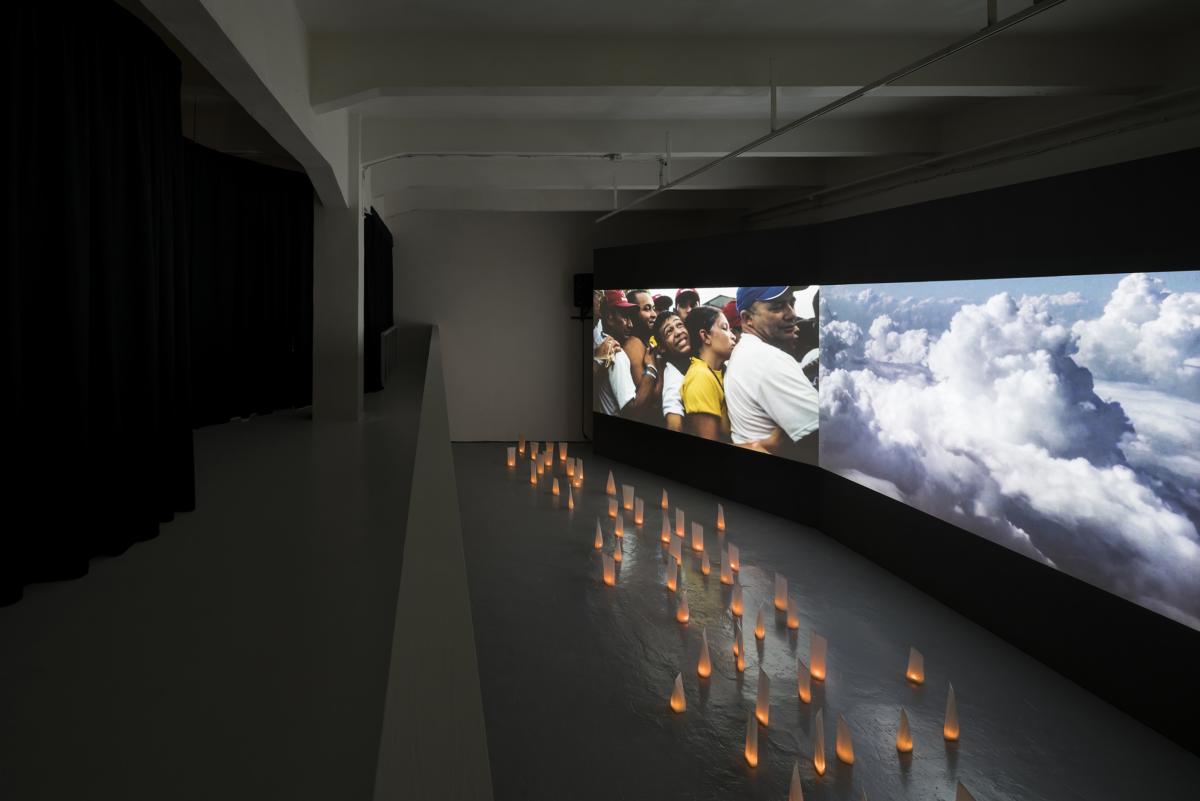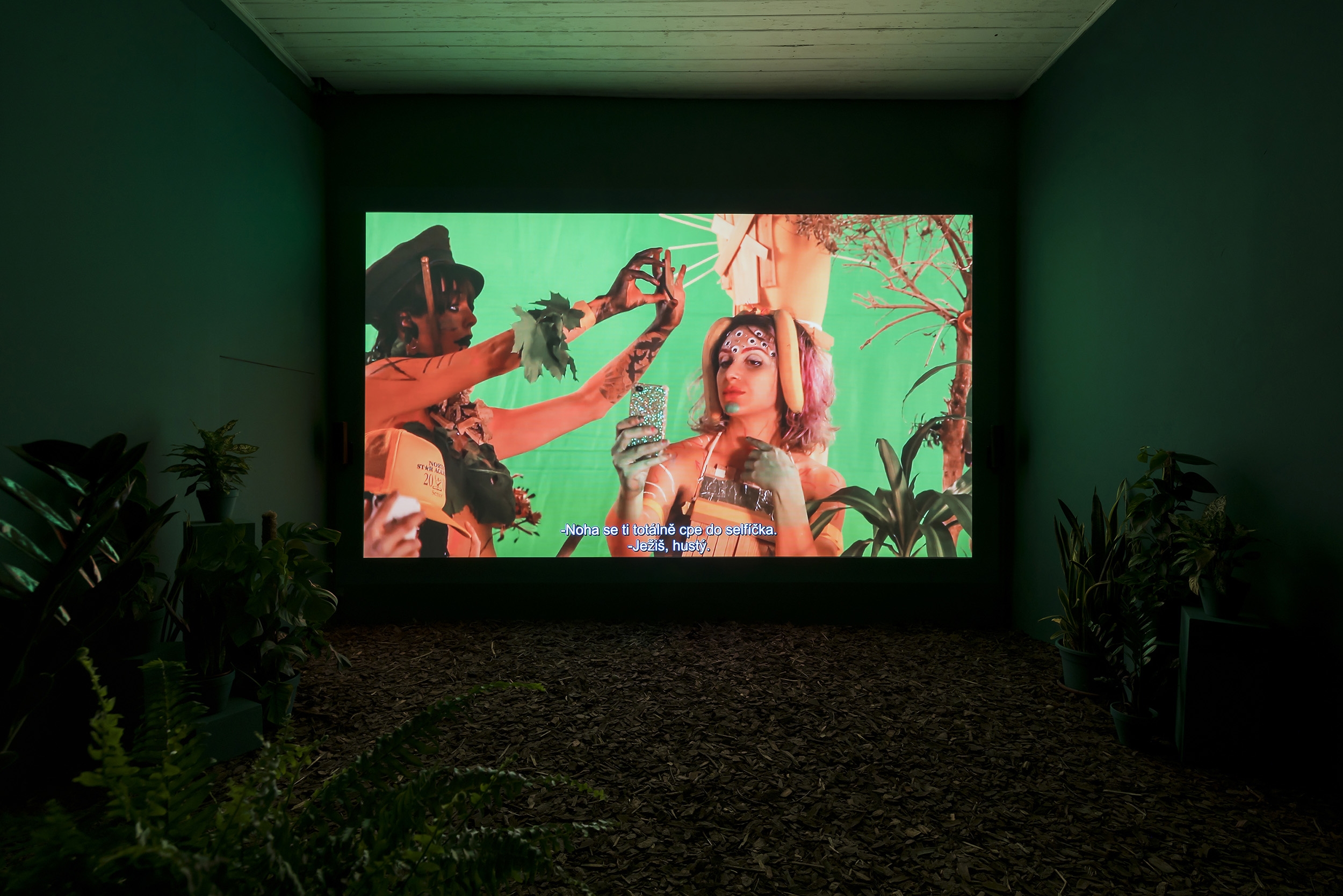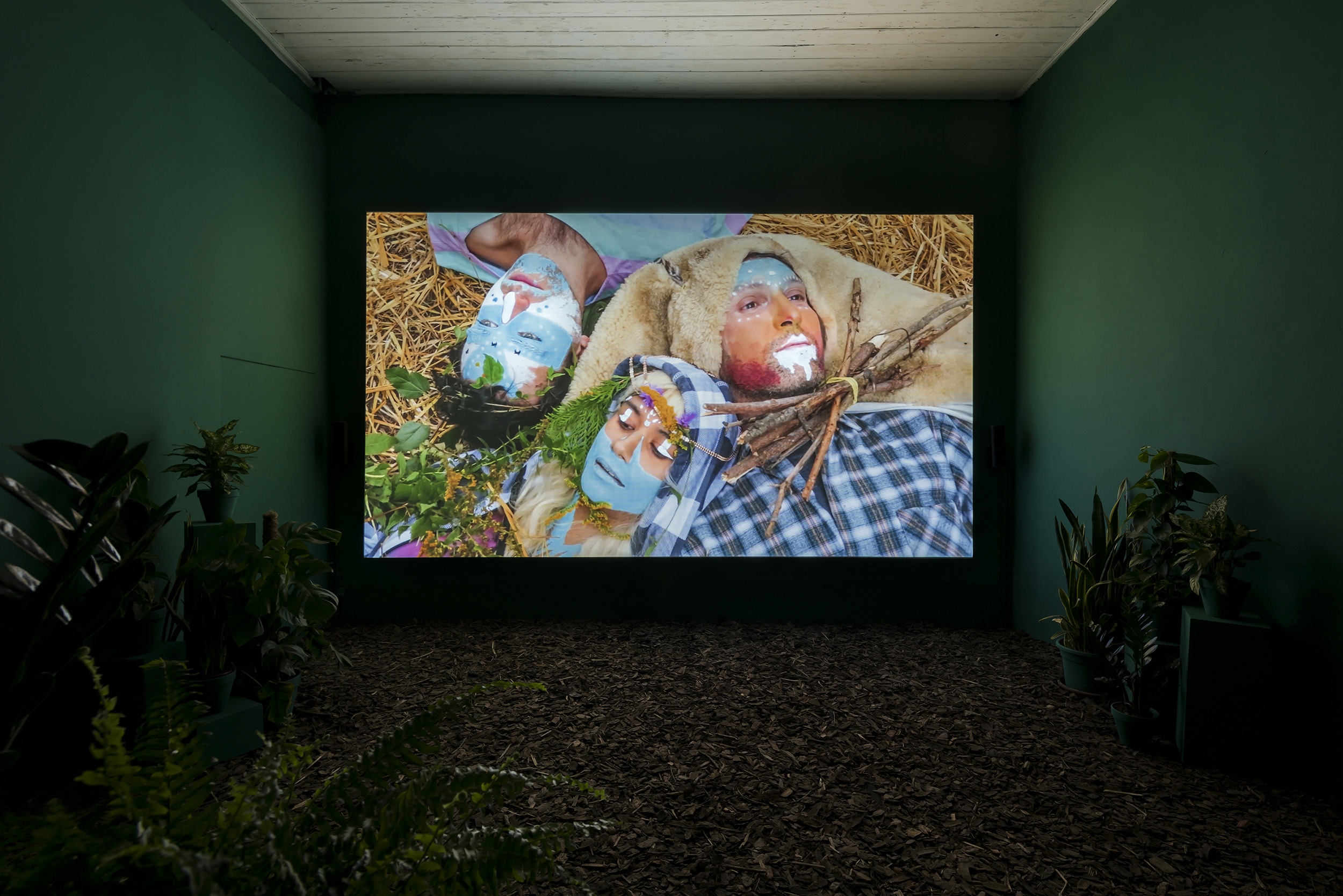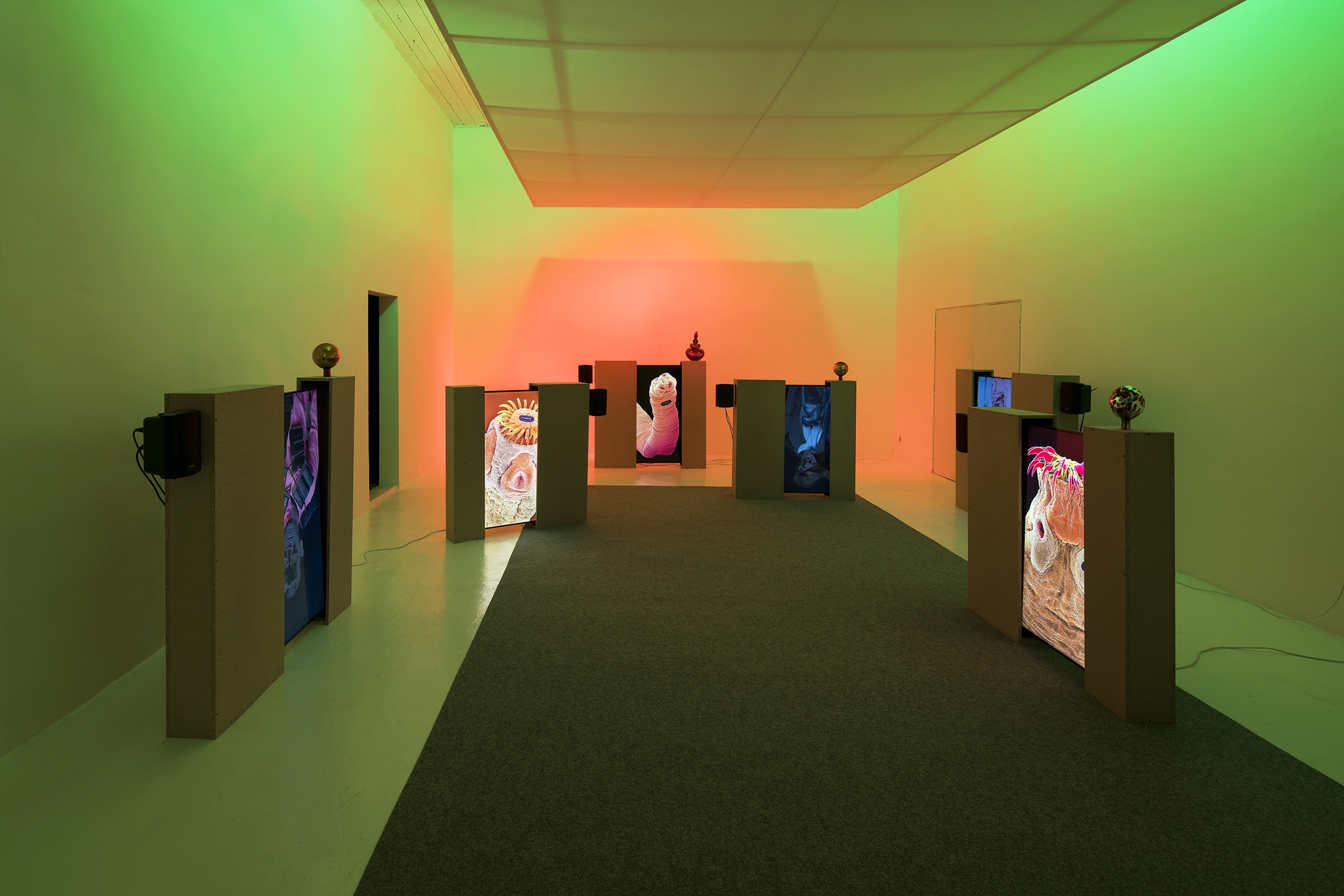‘Spiritualities: Three Contemporary Portrayals of Transcendence and Beliefs’ at Meetfactory
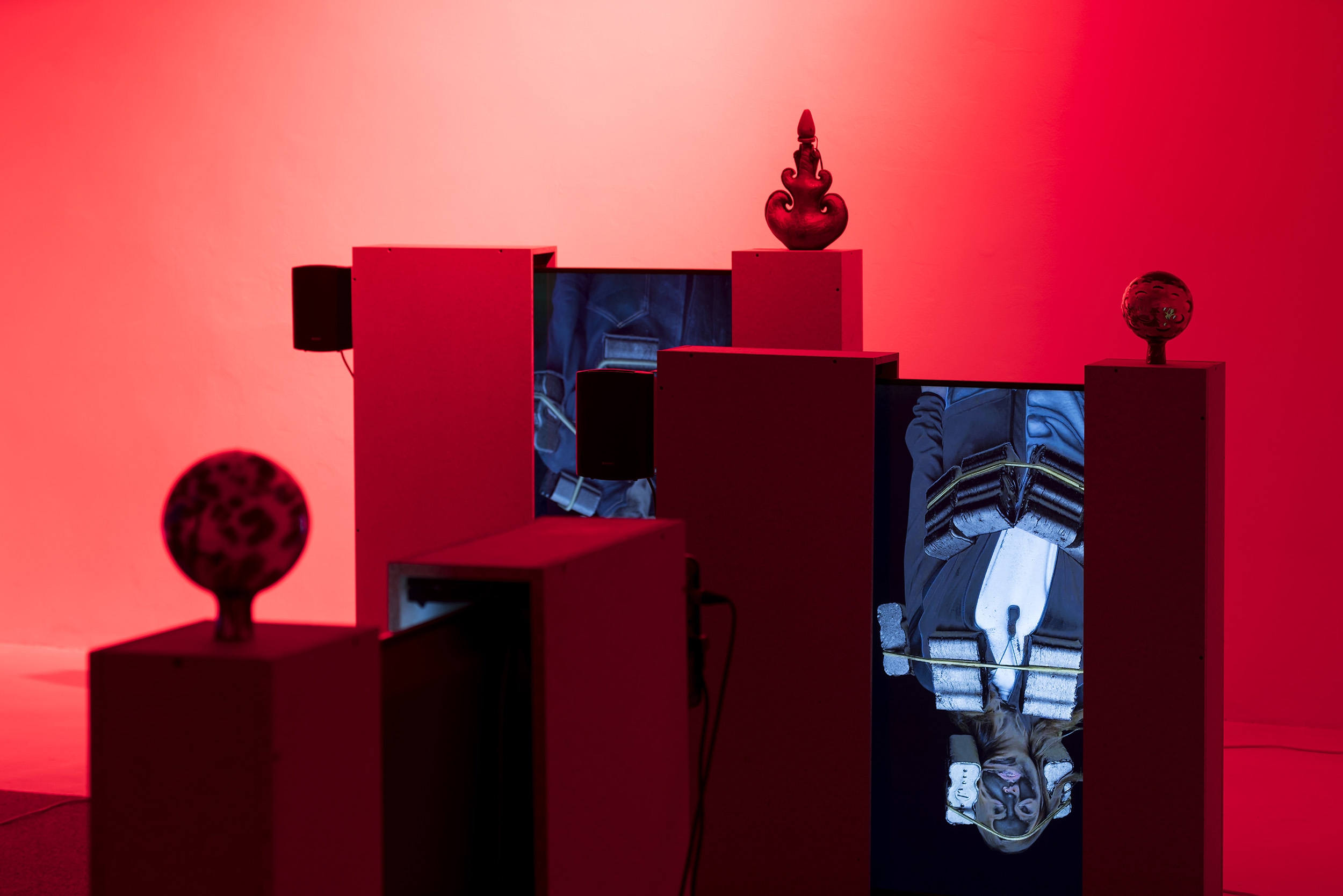
text by Tereza Jindrová
Within the framework of the long-term project Other Knowledge, which we opened this year at the MeetFactory Gallery, we ask the overarching question, how do we explore the world with other ‘tools’ besides reason? Faith is one of the basic means of knowledge, though it avoids strict rationality. The exhibition Spiritualities: Three Contemporary Portrayals of Transcendence and Beliefs focuses on the theme of faith, particularly the characteristics of individual and collective spiritual experiences. It simultaneously forms an imaginary prologue to the whole exhibition cycle Other Knowledge, because it also refers to topics that will be developed in subsequent exhibitions (ritual, magic, drugs, relationship of humans to nature, wisdom of plants or technologies).
We can describe spirituality as any experience which brings a person into contact with the divine or in a broader sense as the aspect of humanity that refers to the way individuals seek and express meaning and purpose, and the ways in which they experience their connectedness to the present moment, themselves, others, nature, and the significant or sacred. Of course, spirituality is part of religiosity and religion, but we mean a more general concept; because in itself, religion includes not only the spiritual questions around meaning, value, one’s individual and collective place in the world, but also includes truth-seeking and distinguishing between good and evil. According to the skeptical definition, “spirituality (from the Latin spiritualis) is based on the dualistic religious concept that in addition to the material, substantial world, there is also a mystical world, beyond the world of matter. Spirituality is a personal issue; it means feeling and acting with the knowledge that there is something larger than us, the attempt to connect with this higher, metaphysical level, the desire to enrich one’s soul, find the meaning of life, the right ‘path’, liberate oneself, achieve higher consciousness, transcendence. (…) From a skeptical, scientific point of view, the existence of a spiritual world independent of matter can neither be ruled out by experiment or logic, nor confirmed. Belief in the existence of the spiritual world is therefore a question of faith, an irrational affair.” Wikipedia tells us that “the significance of spirituality has recently been emphasized by a number of psychological schools, for instance Victor Frankl’s Logotherapy, and in the books of M. Scott Peck, C.S. Lewis, Thomas Merton or Anselm Grün. On the other hand, ‘spirituality’ often becomes a fashion item and is offered as a means to achieve inner balance, to increase one’s energy or even to strengthen health. These can all be side effects of true spirituality, but there are other things at stake, such as the search for meaning, reconciling with oneself, with others, and with the world. True spirituality is also a supremely personal task and cannot be bought and sold as a service.”
The exhibition Spiritualities: Three Contemporary Portrayals of Transcendence and Beliefs brings a deliberately reductionist view on the theme of spirituality. It wants to avoid encyclopedism or an illustrated attempt to encompass all; instead it works with three divergent attitudes toward spiritual experience from the specific perspectives of contemporary artists. It touches only marginally on the issue of religion and also bypasses the extensive topic of spirituality found in the individual works of art. The central focus of the exhibition is the spiritual experience in today’s globalized world, which in many ways connects its human inhabitants and also separates them and calls them into mutual conflicts. Invoking the viewer’s personal experience is also the exhibition’s main communication strategy, built on the basis of three strong audiovisual installations which work with different rhythm, language of forms and the full scale of emotions. However, all three exhibited works aim to lure the viewer in and, ideally, at least for a while, eat them up and spit them out with a new feeling. The exhibition’s architecture is geared to this, using monumentality both as a symbol and as a tool to change perception. The observer enters the exhibition by a staircase that suggests a temple entrance, and the moment of ascension universally evokes the spiritual path.
The first exhibited work is a generous three-channel screening presenting a collage of short films made within the Híbridos: The Spirits of Brazil project, by French artist duo Priscilla Telmont and Vincent Moon. Their four-year research focusing on spiritual beliefs in contemporary Brazil has developed far beyond gallery and festival presentations experimenting with audiovisual media, into a broad web database including over 100 films, texts, interviews and further links.
Brazil is a country with extensive religiosity; over 90% of the population consider themselves religious. Most of them are Roman Catholic (making Brazil the country with the highest number of the Catholics in the world), but Brazilian Catholicism has gained a plethora of specific offshoots and liturgical forms, often organically linked to the spiritual traditions of the indigenous peoples of the Amazon or Afro-Brazilians, who originally came to the country as slaves to white colonizers. In recent decades, officially registered adherents of Catholicism have gradually declined, whereas those who subscribe to non-Christian or syncretist religions such as Neo-Pentecostalism, Spiritism, Bahá’í, Candomblé, Umbanda and many others have risen. Brazil is a melting pot in which diverse faiths and traditions coexist and spirituality as such is an inseparable part of the lives of the 200 million inhabitants of this enormous country.
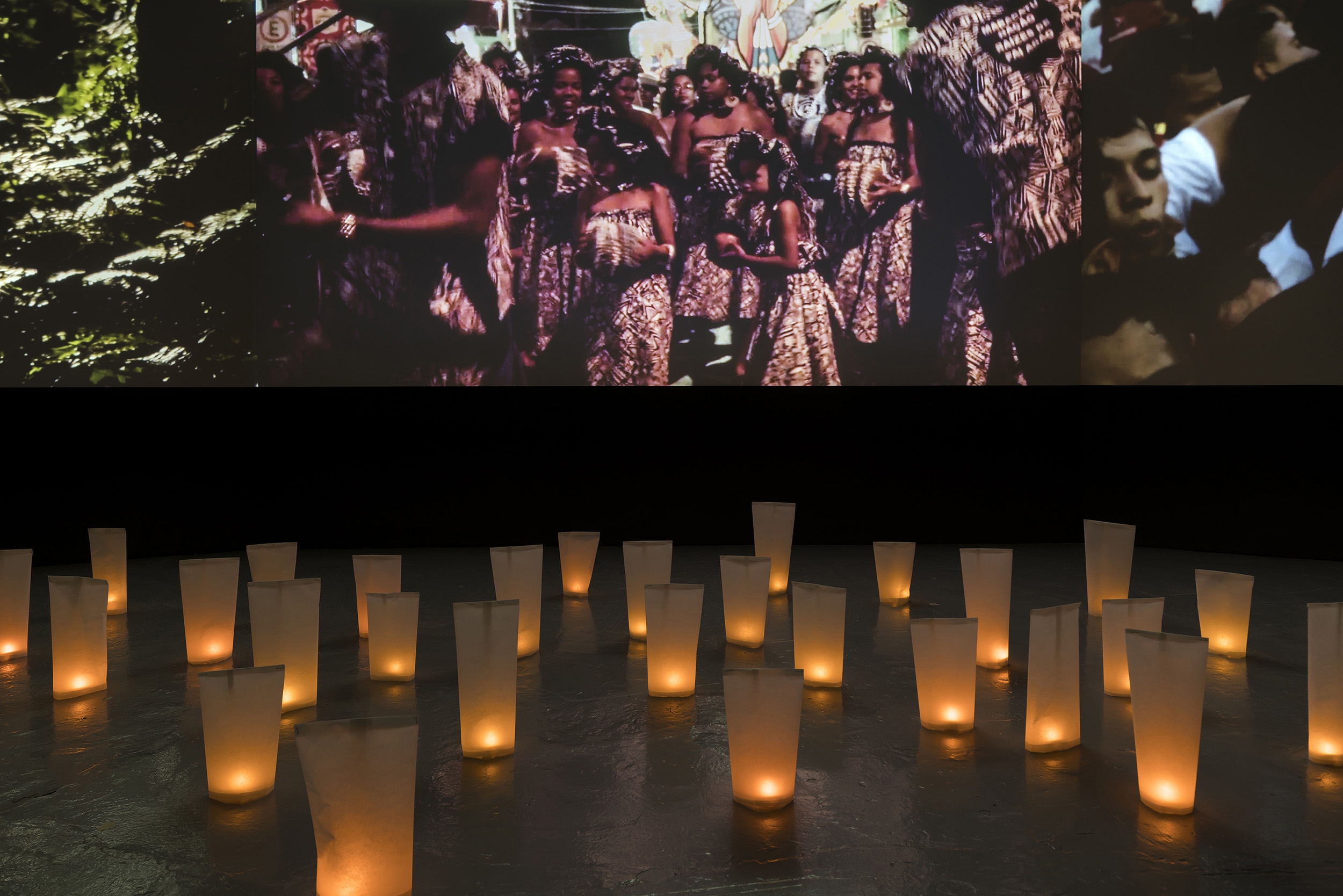
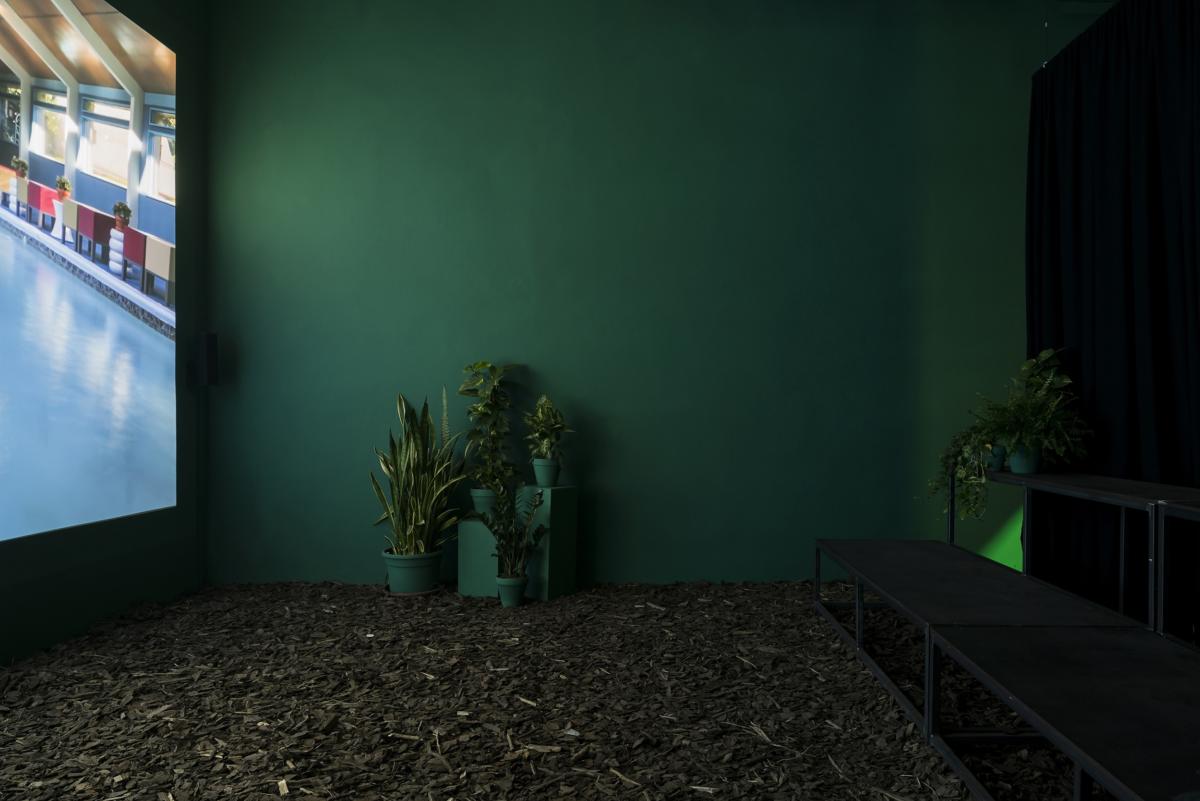
The Híbridos project connects ethnographic research with an experimental approach to its presentation and in the end it is not about familiarizing, categorizing or even symbolic mastery of the subject through knowledge. The emphasis is on subjectivity and experience. The authors’ main interest is thus focused on the different forms rituals can take, particularly on their sound, music and movement aspects. In the gallery, we are confronted with a mosaic of images built on rhythm, alternating intensity of sound and the brightness of scenes. The scene is absent of commentary – the aim is not to teach us intellectually, but to captivate us, to touch that which is ‘universal in us’. This combination has a strong suggestive effect on the senses beyond sight and hearing: the viewer can be immersed in the projection and perhaps even lose track of time. The conflicting emotions we witness while observing Híbridos can lead to a more intense awareness of our own experiences and potentially resonate with our own spirituality as well.
“We believe in a society where local practices are preserved and celebrated, while global identities are merging towards a higher level of consciousness. We are working towards such an evolution, by bringing people into new forms of relationships with art forms and the sacred, and by diving ourselves into as many trance states as possible. We believe we are all indigenous people whose mission is to take care of everything around us. Everything, all the time. Life is a constant ritual and all we need is to re-open our eyes to it.”
Priscilla Telmon and Vincent Moon
The film Night Soil – Fake Paradise by the Dutch artist Melanie Bonajo is a part of the trilogy Night Soil, made between 2014-2016. In this series, Bonajo combines documentary strategies and staged scenes to approach the search for meaning and personal integrity in modern society, whose focus on continual progress and consumption leads to feelings of alienation, emptiness and simultaneously to the increased destruction of the environment in which we live. Fake Paradise, like Bonajo’s two later films, The Economy of Love and Nocturnal Gardening, hinges on the connection of the mental and spiritual with the material, on human relationships to nature and technology, and on the drive to experience authenticity, which often springs from alternatives to dominant systems, whether through interpersonal relationships, healing and therapy or production and exchange.

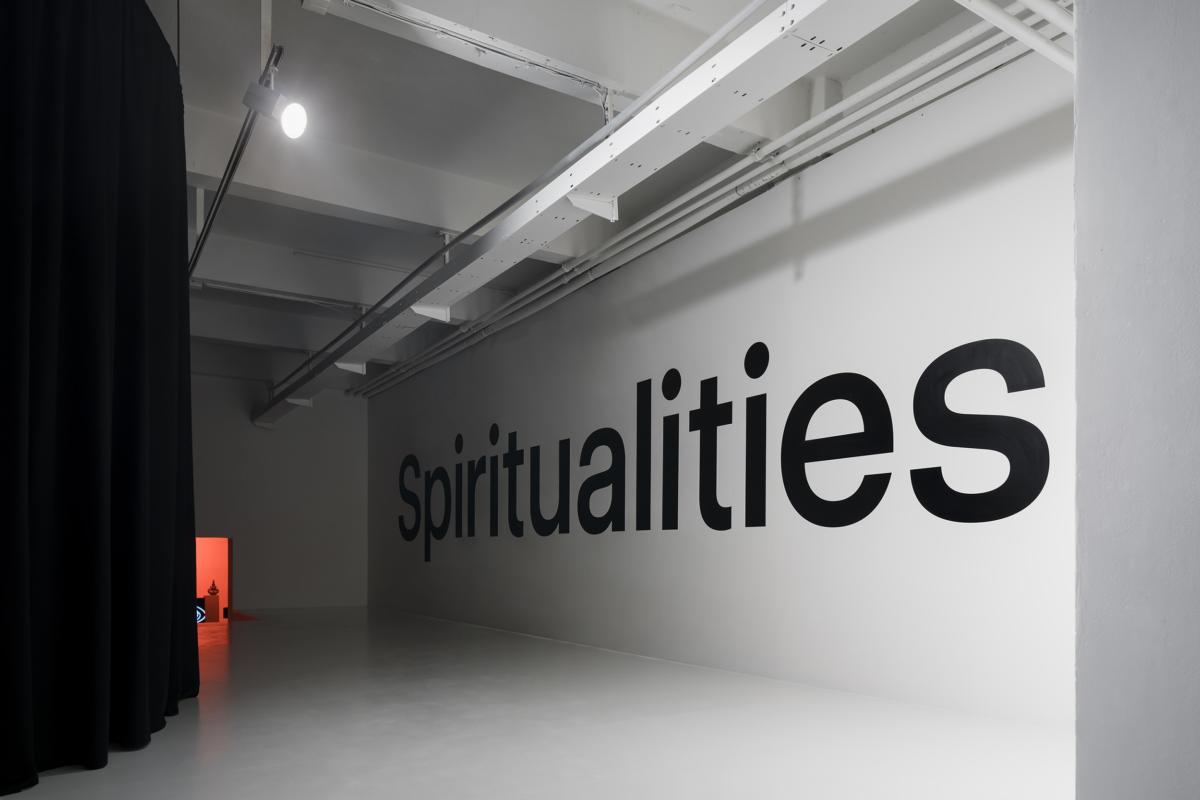
Fake Paradise concerns itself with the use of psychoactive (particularly natural) substances in the service of deepening self-knowledge and connecting the individual self with the outside world. Substances such as ayahuasca, peyote and others are used by indigenous cultures and have also experienced a boom again in Western therapies (similar to LSD in the 1960s). Phenomena such as urban shamanism or ‘self-religion’ are emerging, and these substances can also be found in the broad Neo-Paganism and New Age movements. In the film, Bonajo speaks to several protagonists, mainly female, who relate how psychoactive drugs have changed their relationships with their bodies, sexuality, health, other people, nature and the universe. The spiritual dimension of their experience is not the only topic, but it is a key component.
The installation in which the film is set uses coloring and other elements with the intention of creating a pleasant, perhaps even relaxing, effect on the viewer. The personal statements on variegated experiences may touch one viewer, disturb another, but beyond all of the voices are pressing questions: how to live well? How to prosper and let your surroundings prosper? What has real value? How to be yourself and at the same time connected with others? How to break free from the oppressive structures of capitalism, patriarchy, extractivism, biopolitics…? Spiritual awakening connected to psychoactive substances and to related ceremonies and communities, is, of course, just one of many ways to seek answers to these questions.
“It is often reported that individuals capable of gaining access to higher spiritual dimensions, or making contact with various spiritual or extra-dimensional beings, can act as guides or healers. Western civilization is a loaded gun pointed at the head of this planet. The plants propose us a system based on empathy, love, caring, new ways of defining unconsciousness and more, bringing forward a strong ecological consciousness to pragmatically make changes necessary for future generations (of all species) to live a healthy life on this planet.”
Melanie Bonajo
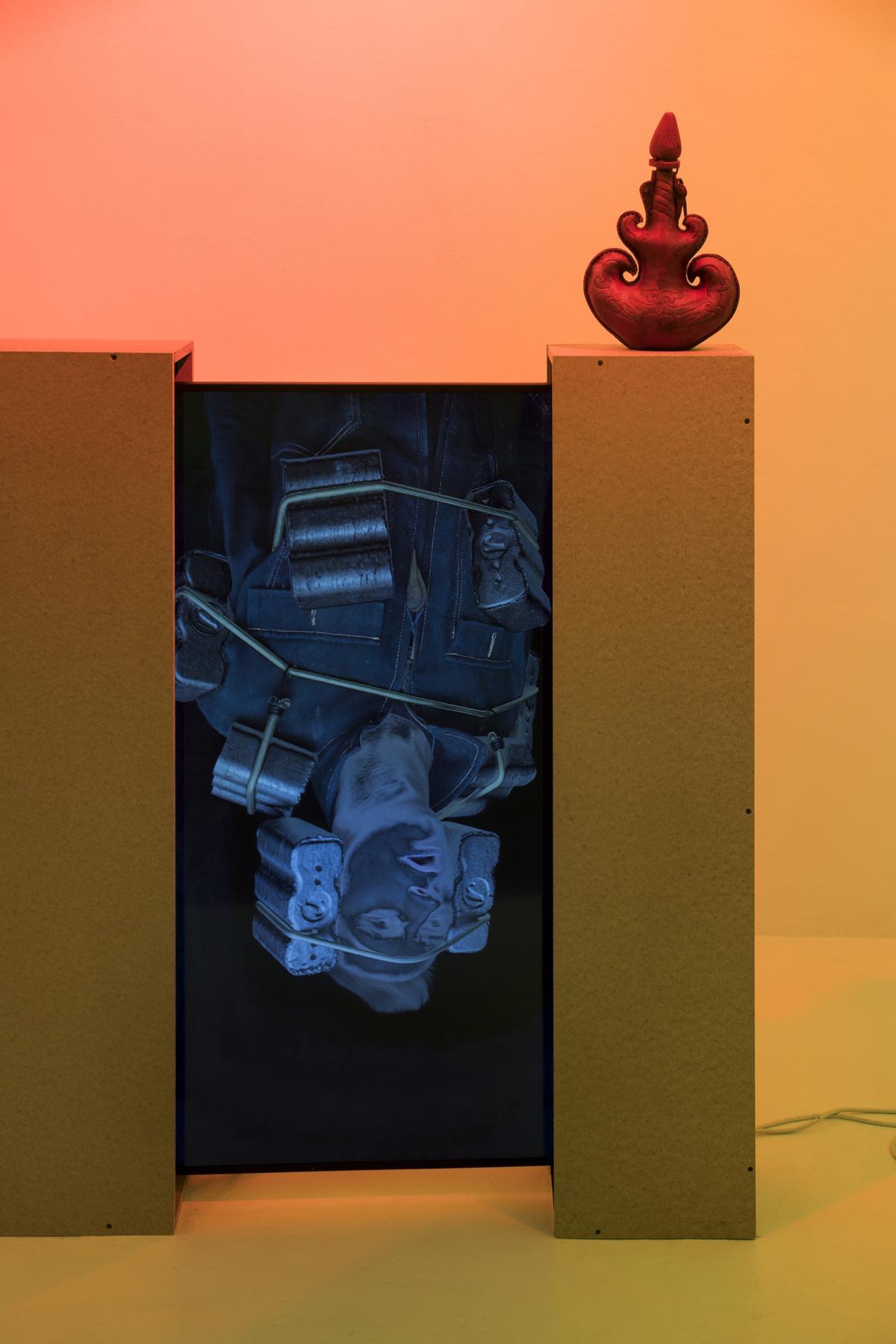

The third piece in the show was commissioned by MeetFactory specifically for this exhibition. In his video installation It’s So Physical, Jakub Jansa essentially glosses over spiritual experiences that involve out-of-body events, altered states of mind or trance states, with a touch of irony. This visually and acoustically mesmerizing installation is loosely inspired by the online meetings and conferences many of us have experienced in recent weeks probably more than we would have liked. The protagonists share similar symptoms of distortion originating from the sense of weightlessness and timelessness in which they find themselves on their screens. Technology and the online interface allow us unprecedented flexibility, but when we are faced with global insecurity and physically isolated from one other, “getting one’s feet back on the ground” may be much more desirable than fluidity and detachment.
Jansa deals uniquely with collective trauma, using exaggeration and playfulness. Simultaneously, he diverts the theme of spirituality onto another path. An absurd tale about a fictitious conspiracy of tapeworms, who narrate the story, raises a sarcastic eyebrow at the idea that “leaving the body is so fucking easy today”. In the background, then, remains a question we each must ask ourselves: how do we want to, and how can we experience authentic connection with the world around us and achieve inner transformation while remaining aware of the daily material reality of all of those bodies (human and non-human) facing the many challenges presented to them by the “outside world”, individually, politically and socio-economically. How can we resolve that paradox between the spiritual and the material in our lives and in society, and at the same time reconcile the widespread discrepancy between the body and soul in religious traditions?
“Petr Pan was able to fly by thinking happy thoughts. In reality, it is apparently the opposite. The feeling of imminent global insecurity sent everyone off into the air. Bodies fly and swim. Someone turned off the gravity. The state of weightlessness has always been the most privileged concept. The most expensive time – absolute quality time. Break the laws of physics, leave your body. Such conditions, up until recently, were never possible – just the stuff of dreams… Why isn’t anyone enjoying them now?”
Jakub Jansa
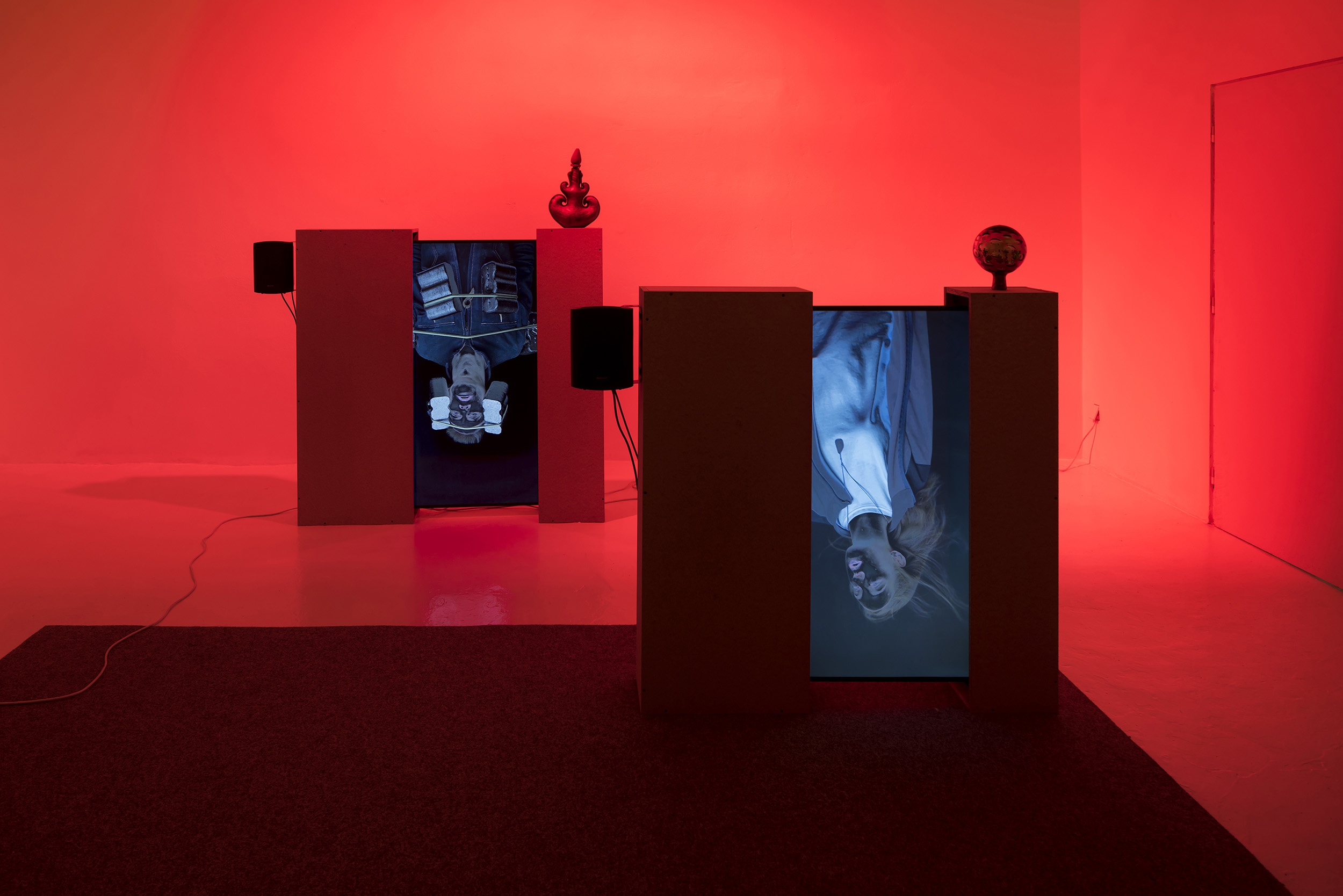
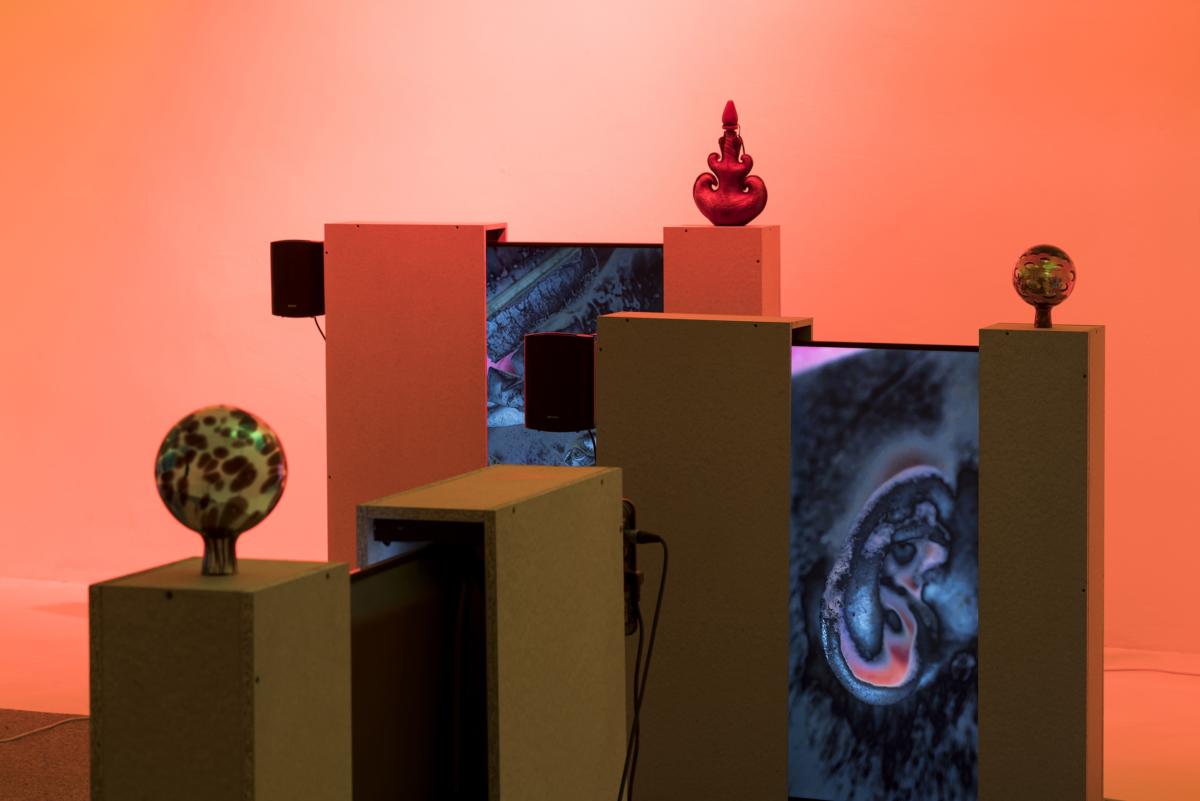
The exhibited works represent varied yet interconnected views of contemporary artists on the rich topic of spirituality in our times. The Híbridos project portrays a mixture of spiritual traditions, many hundreds, or even thousands of years old, while implicitly calling attention to (post) colonial history and raising questions about cultural identity, authenticity, hegemony and the right to self-determination.
Night Soil – Fake Paradise echoes Híbridos in many ways, repeating the themes of ritual, trance, altered state of consciousness, the connection between humans and nature, community – but all placed in the context of a modern, globalized world, which Melanie Bonajo believes is in need of more sensitivity and empathy.
Jakub Jansa’s video installation It’s So Physical, situated between the two other thematically connected works, puts an imaginary (and, given its physical location in the middle of the exhibition, an actual) wedge, depicting a moment in which dissolving of the self is no longer the sought-after experience, but rather the “grounded” feeling of anchoring and stability. For many people, of course, this can also be connected with the essence of spirituality, but It’s So Physical focuses on the superficial and trendy perceptions of spirituality, which can lead a person from (often immediately less uplifting) involvement in society’s “worldly” affairs.
In conclusion, the exhibition Spiritualities: Three Contemporary Portrayals of Transcendence and Beliefs leads us to a much broader spectrum of reality beyond spirituality itself, and the exhibited works will undoubtedly allow for interpretation by even the most dedicated materialist.
Imprint
| Artist | Melanie Bonajo, Jakub Jansa, Priscilla Telmon & Vincent Moon |
| Exhibition | Spiritualities: Three Contemporary Portrayals of Transcendence and Beliefs |
| Place / venue | Meetfactory, Prague |
| Dates | 25 May – 16 August 2020 |
| Curated by | Tereza Jindrová |
| Website | www.meetfactory.cz/en |
| Index | Jakub Jansa Meetfactory Melanie Bonajo Priscilla Telmon Tereza Jindrová Vincent Moon |

